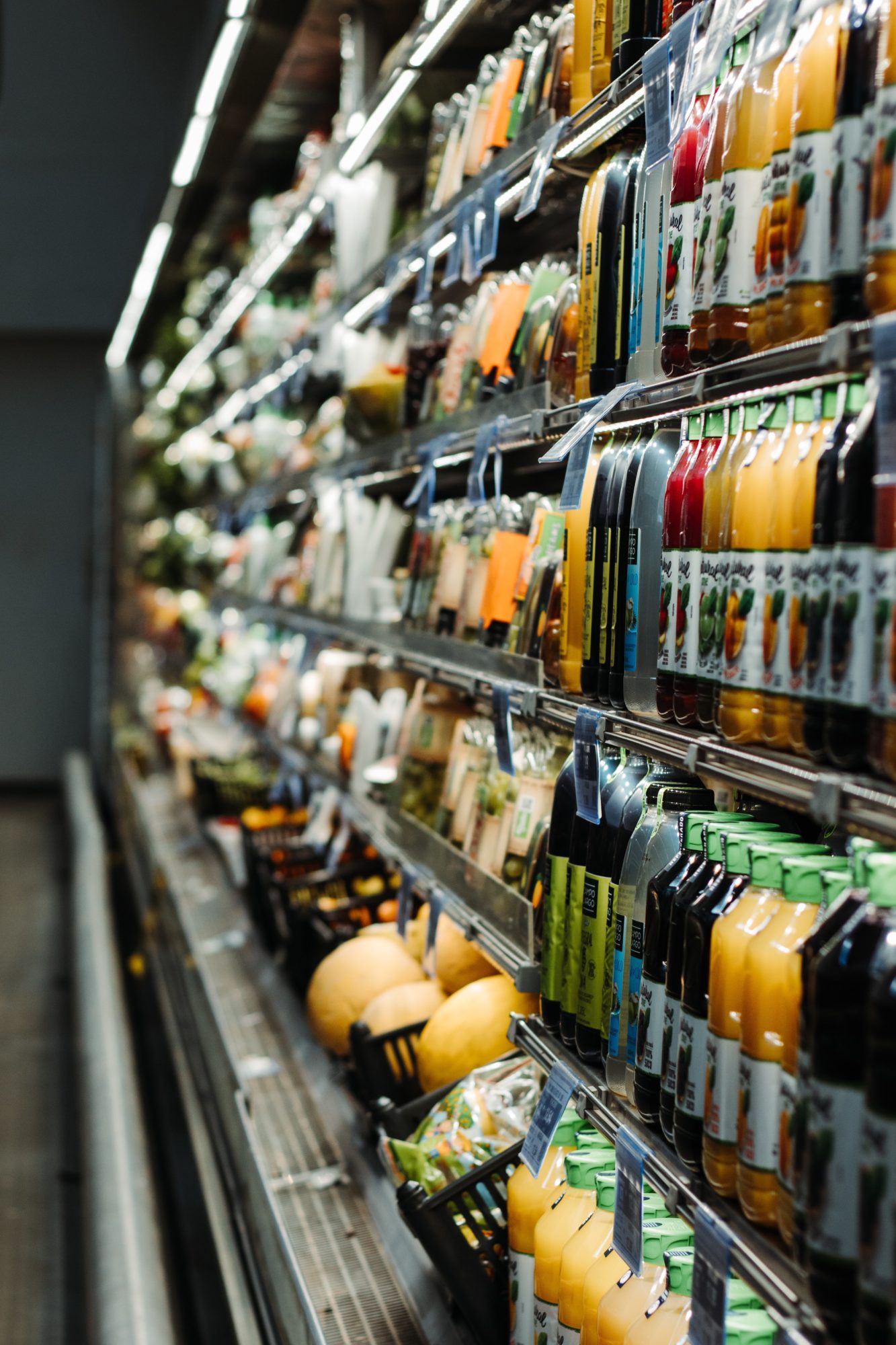
Grocery Stores Need Flexible Displays
Consumer shopping habits and preferences have changed several times in several ways over the past couple of years. Changes will certainly continue, and stores need to be able to quickly tailor store layouts to meet these changes. Less structured, more flexible sections and displays may be the future for grocery stores.
BOPIS is Here to Stay But…
Buy online and pick up in-store (BOPIS) is here to stay, but people are starting to shop in grocery stores again. Hybrid grocery shopping, with some items being preordered and others being shopped for in the store may be the future for supermarkets. There are two basic categories of groceries and supplies for any consumer. There are products they routinely buy without needing to see them, and there are products they prefer to choose themselves while they are in the store. They may order the same milk, bread, eggs, toilet paper, and cleaning supplies every time, and actually seeing these items before purchasing isn’t necessary. For these items, stores should allow inside or outside pickups. They can structure easy pass-through pickup areas inside the store for customers to get staples they have preordered online, or continue outside parking lot pickups for customers to use after they’ve finished inside.
Shoppers are wary of purchasing some items online. They prefer choosing some groceries themselves. Each customer has different preferences, but some shop-in-store preference categories include:
• bakery items
• produce
• meats
• fresh fish
• wines
• prepared food
• gourmet cheeses
Shoppers also want to see new items, take advantage of special limited-time opportunities, do taste tests, and see demonstrations. Having people in the building allows supermarkets to gain more sales through creative, changeable, attractive product displays and demonstrations.
Custom Fabrications and Modular Fixtures Facilitate Fast Changes
Implementing modular fixtures and other adjustable custom fabrications allows stores to refresh their look more often and react swiftly to changes in shoppers’ needs. Customized fixtures and fabrications enable stores to make affordable but impactful changes when needed.
Stores may feature holiday cooking displays one month and barbecue suggestions another month. Special displays that are moveable, rather than fixed, means retailers can make the shopping experience new each time. For example, enticing customers to try new products, buy premade meals, watch cooking demonstrations, and the like make shopping more of an experience, and that’s what consumers, especially millennial and Gen Z shoppers, want. Stores need to be ready to make changes with every new shopping trend. A store needs more open space and display modules that can change and adapt to allow for flexible grocery store displays.
Reallocating Store Space to Allow for Changes
Remodeling a store could reallocate space and use the most valuable front-of-store space to elevate the customer experience. Back-of-store areas could be dedicated to traditional shelving for staples, and easy to use pickup areas for preorders. At the same time, customers enter the store through a more open-concept space for flexible displays and experiential possibilities. Kiosks and well lighted, creative displays attract attention.
To allow and promote the hybrid shopping model, shoppers could enter the store and start their shopping in the open piazza-like space. Shoppers may look at items on a new display of gourmet foods, meal kits, vegetarian options, new store brand items, or special offers. They may try a sample of a new store brand coffee available for a limited time at a special bargain price. They may shop for wine at an informative, all about wines of the world section to discover what wines work for a special meal they will prepare. Having a more open plan also gives suppliers an option to provide special seasonal or themed displays.
Shopping Patterns Vary
Not everyone shops the same way. After they have seen what’s new and chosen the rest of their groceries, some shoppers might move on to pick up preordered items in the area designed for that, or pickup staples themselves in some more traditional grocery aisles. After visiting the piazza to see what’s new and picking up their staples, other shoppers might head to the prepared food area to find that night’s dinner for the family. Some stores are adding or reintroducing restaurants and eat-in spaces as well so some customers may have a meal or snack before looking through the displays. Some shoppers may cruise through the store to choose items they want to see for themselves and then drive to the outside pickup facility to get their preordered staples. Allowing for all these shopping preferences will keep consumers happy and content with their shopping experience.
All these variables, plus the very real possibility that customer preferences may continue to change, might mean redesigning the store’s layout and adding modular, movable, and changeable shelving and displays. By adding some creativity and building enjoyable spaces, stores can get shoppers in and keep them there longer. The longer they are in the store, the more money they spend. With changeable displays and open spaces, stores can react to changes in market conditions and customer needs.
Continuing to respond to changes in shopper preferences means having flexibility in the store’s design. Providing a stimulating experience will continue to be important to getting and keeping shoppers in the building. Keeping shoppers in the store longer and keeping up with the latest electronic trends translates to sales. Grocers must constantly reconsider the allocation of store space and having customized adjustable or modular fixtures can give them the flexibility they need without subtracting dramatically from their bottom line.
Want to know more about how MDC can help? Drop us a line!

